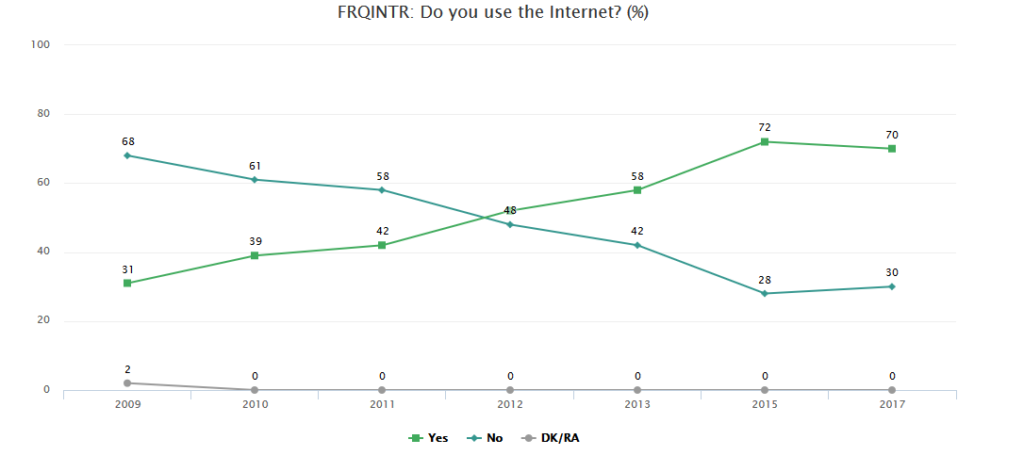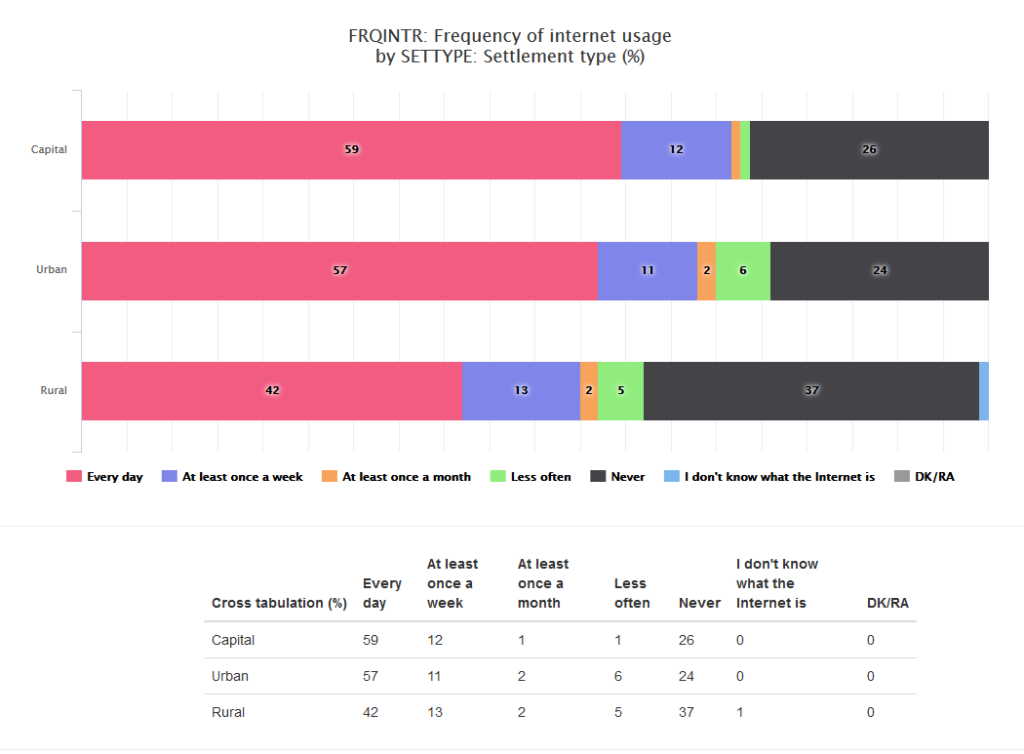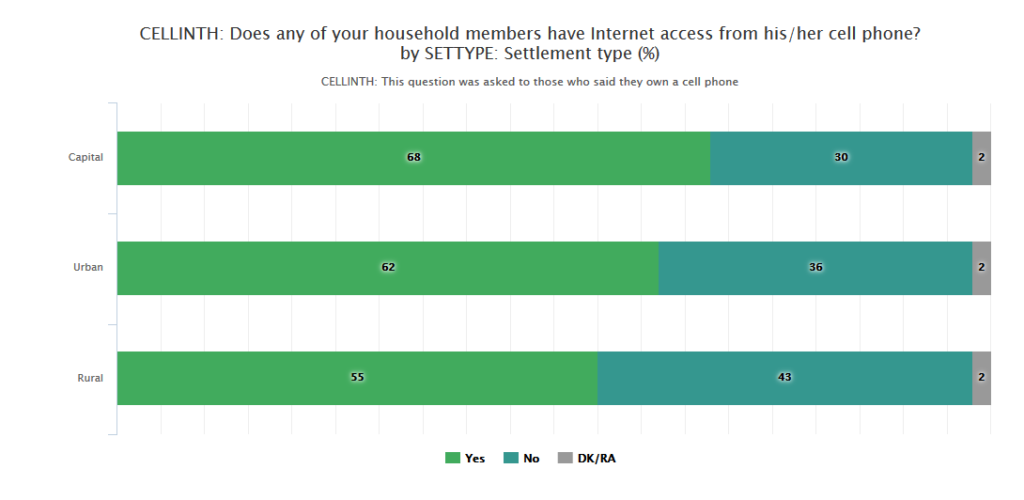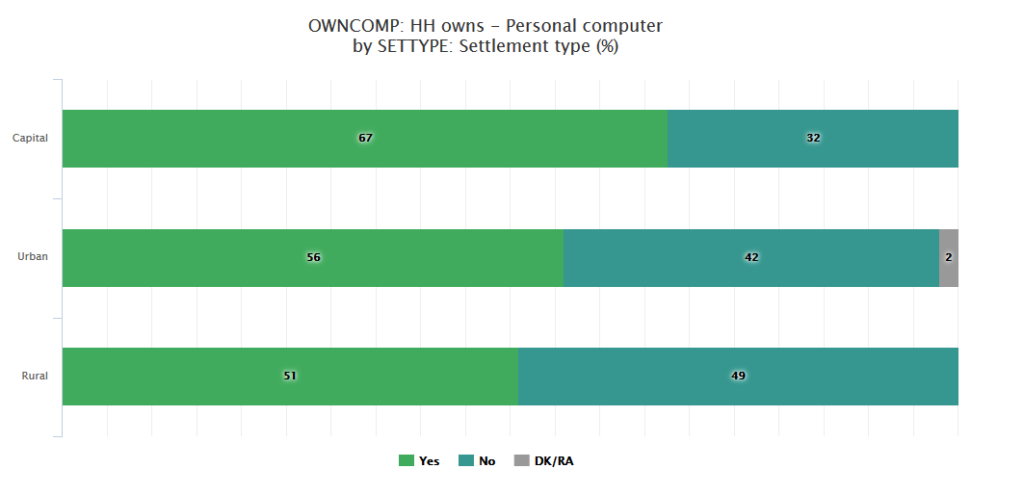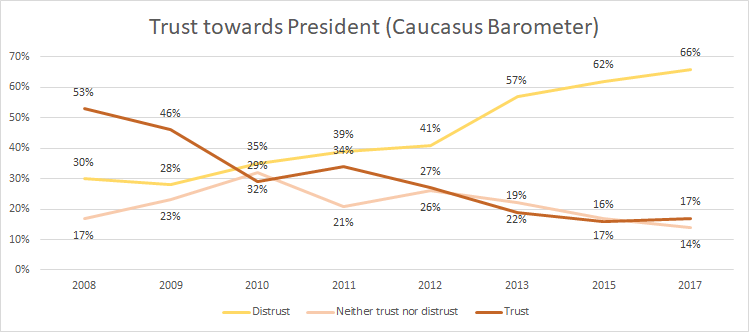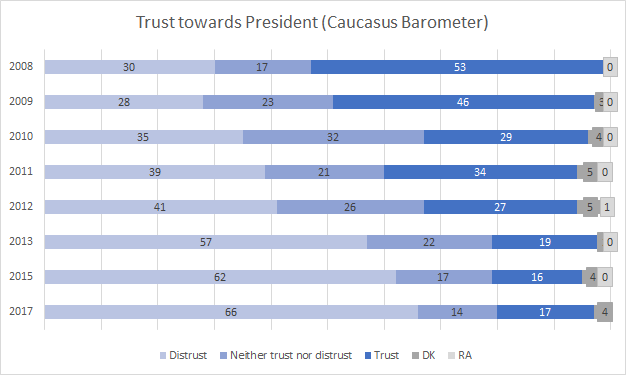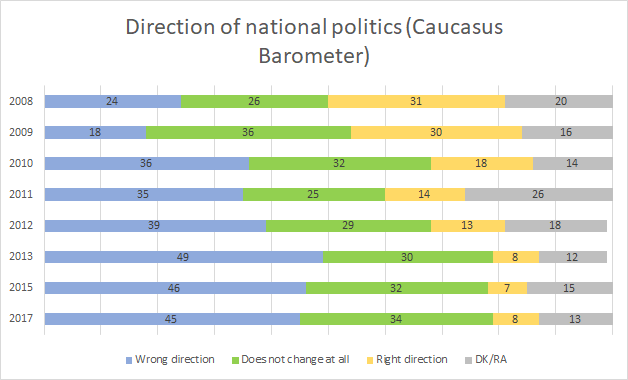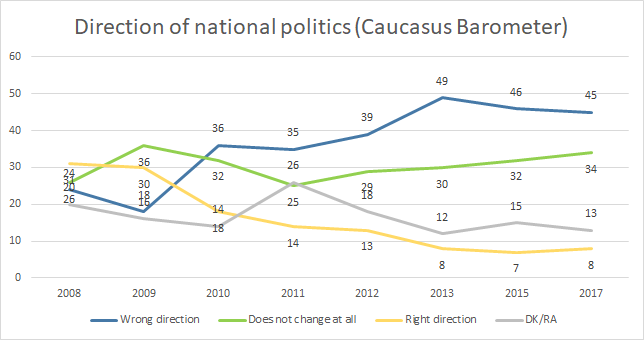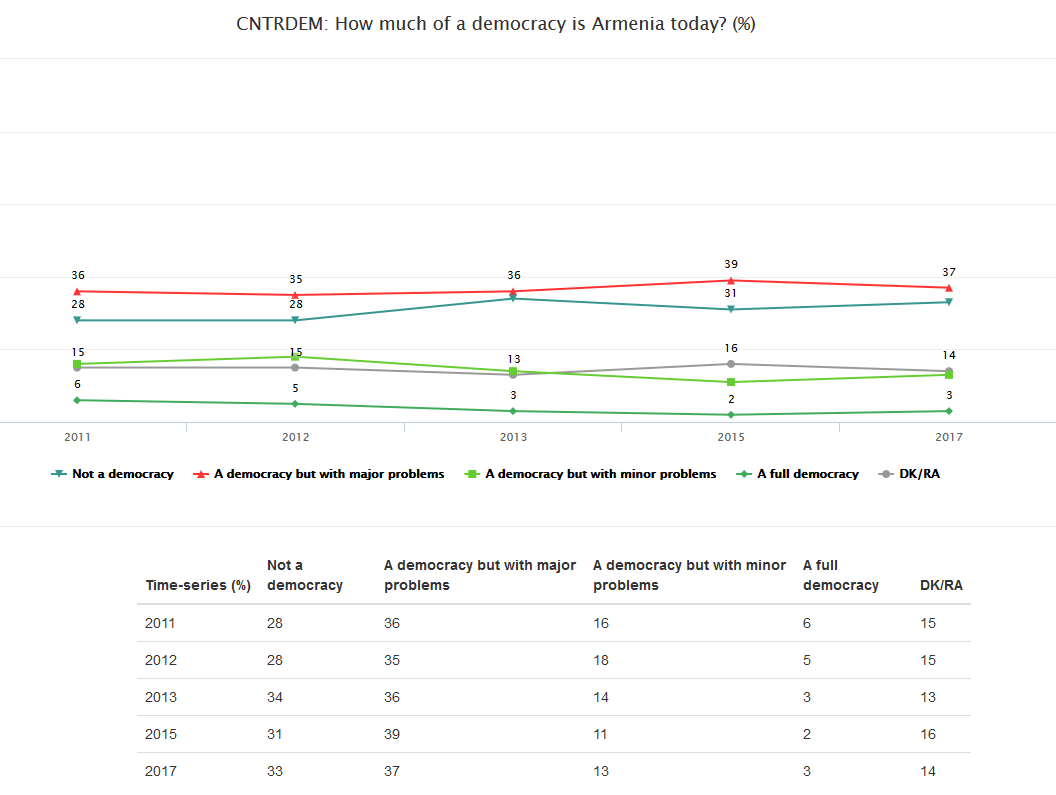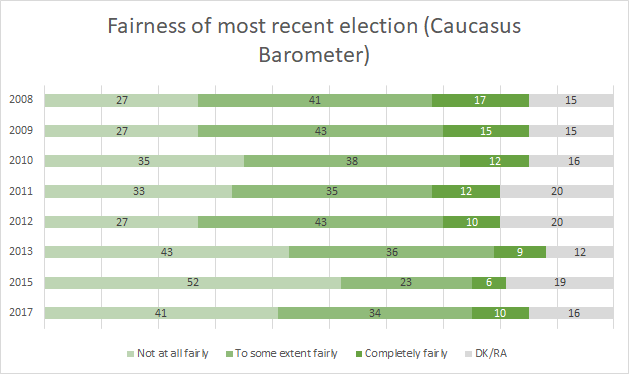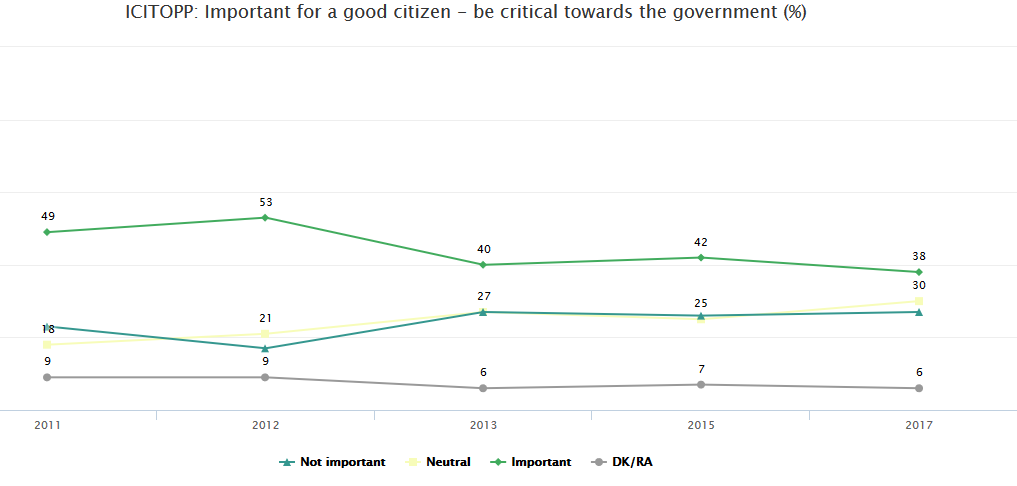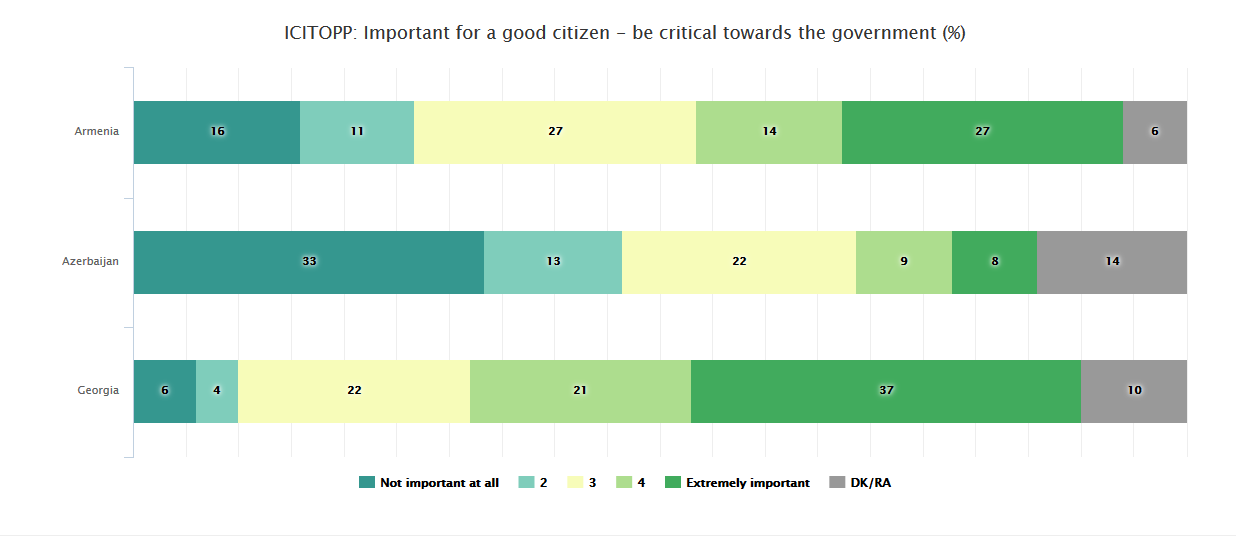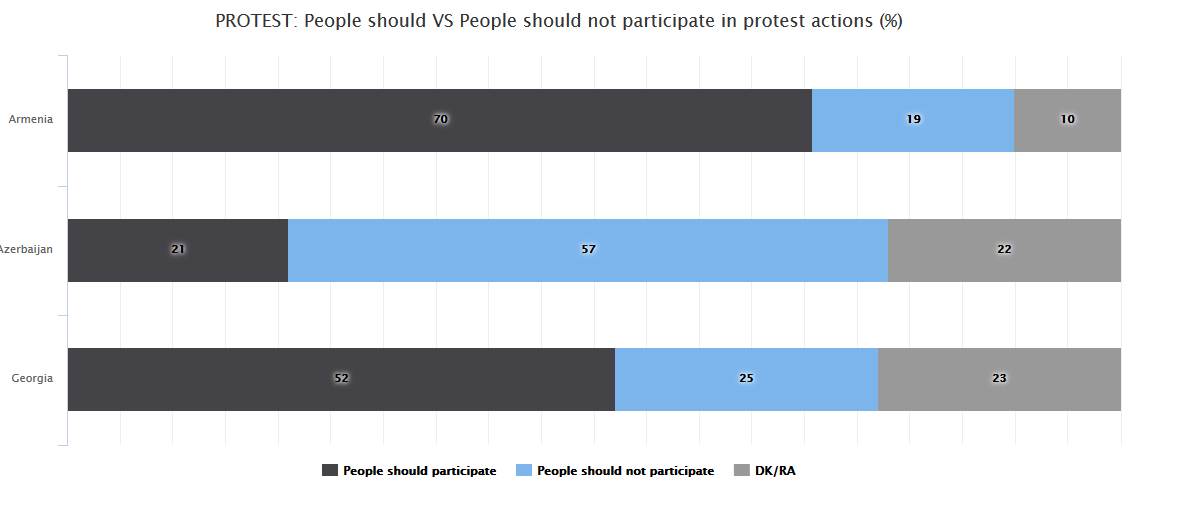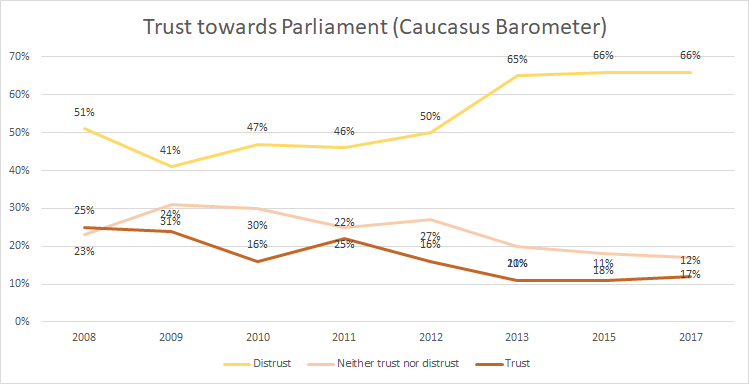Facebook in Armenia, March 2020
It has been awhile since I last blogged about Facebook use in the Caucasus. Again, here is a guide to how I get these data. Click on the tags for previous rates – here’s September 2017, here is May 2018. Here is December 2018.
As of March 2020, there are about 1,500,000 Facebook users in Armenia, according to Facebook. That is 50% of the total population, and 46% of the population over age 14 (Facebook technically isn’t available to those under 13.) There is a bit of growth since December when Facebook ads estimated 1,400,000 users (47% of the population).
As far as gender, 50% of the total male population, or 64% of males over age 14 are on Facebook. 53% of the total female population, or 49% of the female 14+ population. So there are some gender differences, but probably within the margin of error.
Just looking at the 15-24 year olds, 82% of them are on the site (this is a drop from 2 years ago — I suspect people have moved to Instagram), 82% of young men and 87% of young women.
Some trends to look for – as in the rest of the world, young people are moving more toward Instagram. Everyone is moving toward WhatsApp and other private messaging services.
